15 Delicious Destinations: Travel to the Birthplaces of Iconic Foods
Embarking on a flavor-filled adventure is akin to opening a gateway to the world’s most cherished secrets. From the bustling street markets of Asia to the rustic kitchens of Europe, every bite tells a story, a testament to the creativity and resilience of human spirit. This exploration is an invitation to savor the rich diversity of global gastronomy, where each dish is a chapter in the grand saga of culinary evolution. As we traverse continents, we uncover the origins of legendary dishes, understanding their significance and the cultural contexts that birthed them. Prepare to embark on a journey that promises to tantalize your taste buds and enrich your understanding of the world, one delicious stop at a time.
1. The Spice Route: India’s Aromatic Legacy
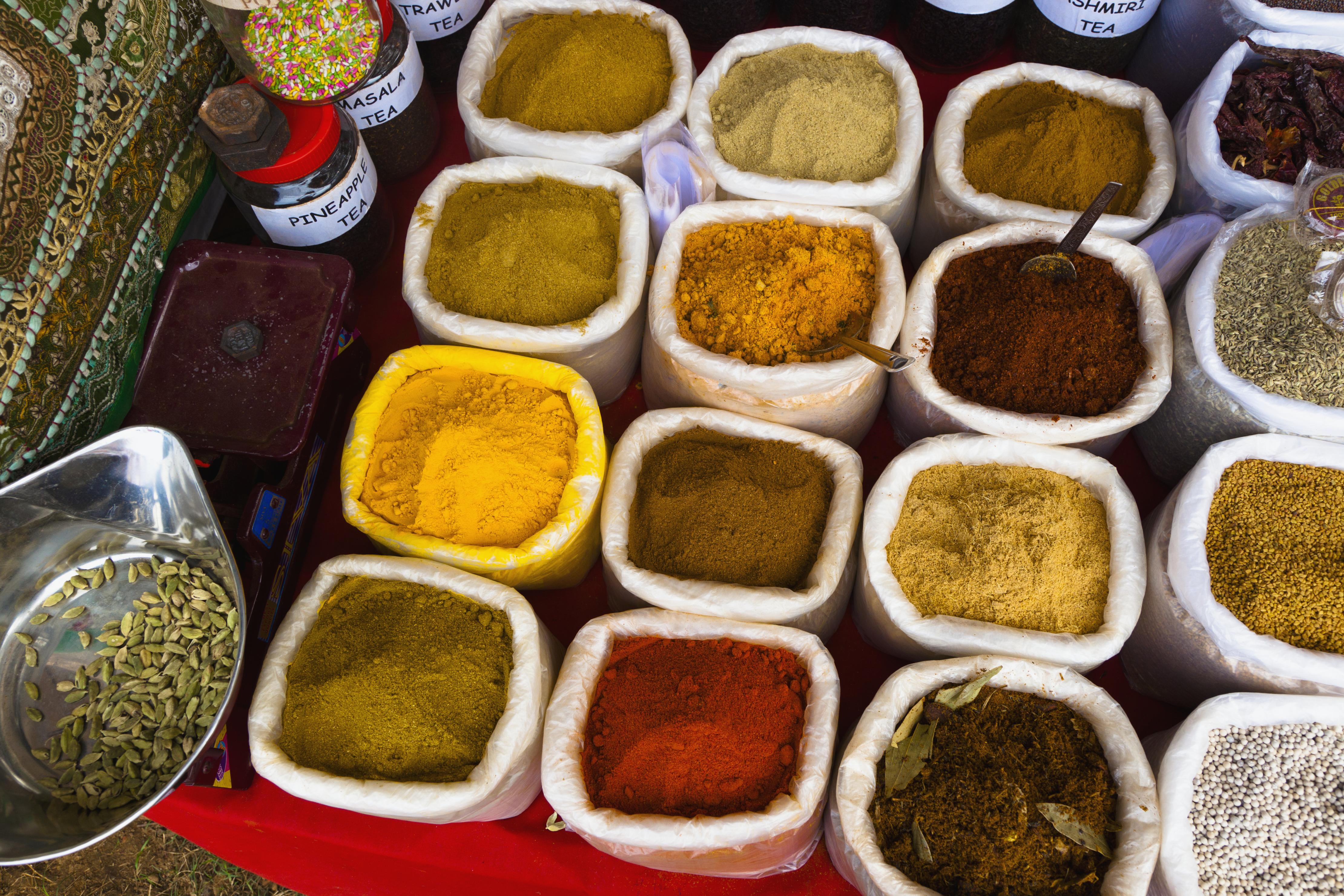
Our first stop takes us to the heart of India, a land where spices are the soul of its rich culinary heritage. The history of Indian cuisine is deeply intertwined with the ancient spice trade, which played a pivotal role in shaping the global palate. Spices such as turmeric, cumin, and cardamom are not just flavor enhancers but are steeped in cultural significance. They have been used in rituals, medicine, and as symbols of hospitality. Indian cuisine is a vibrant mosaic of regional dishes, each with its unique blend of spices that reflect the diverse cultures within the country. From the fiery curries of the South to the aromatic biryanis of the North, each dish is a testament to the ingenuity and adaptability of Indian chefs who have mastered the art of balancing flavors. This stop is an exploration of how spices have transcended borders, influencing cuisines across the world and continuing to be a vital part of global gastronomy.
2. The Mediterranean Marvel: Italy’s Timeless Tradition
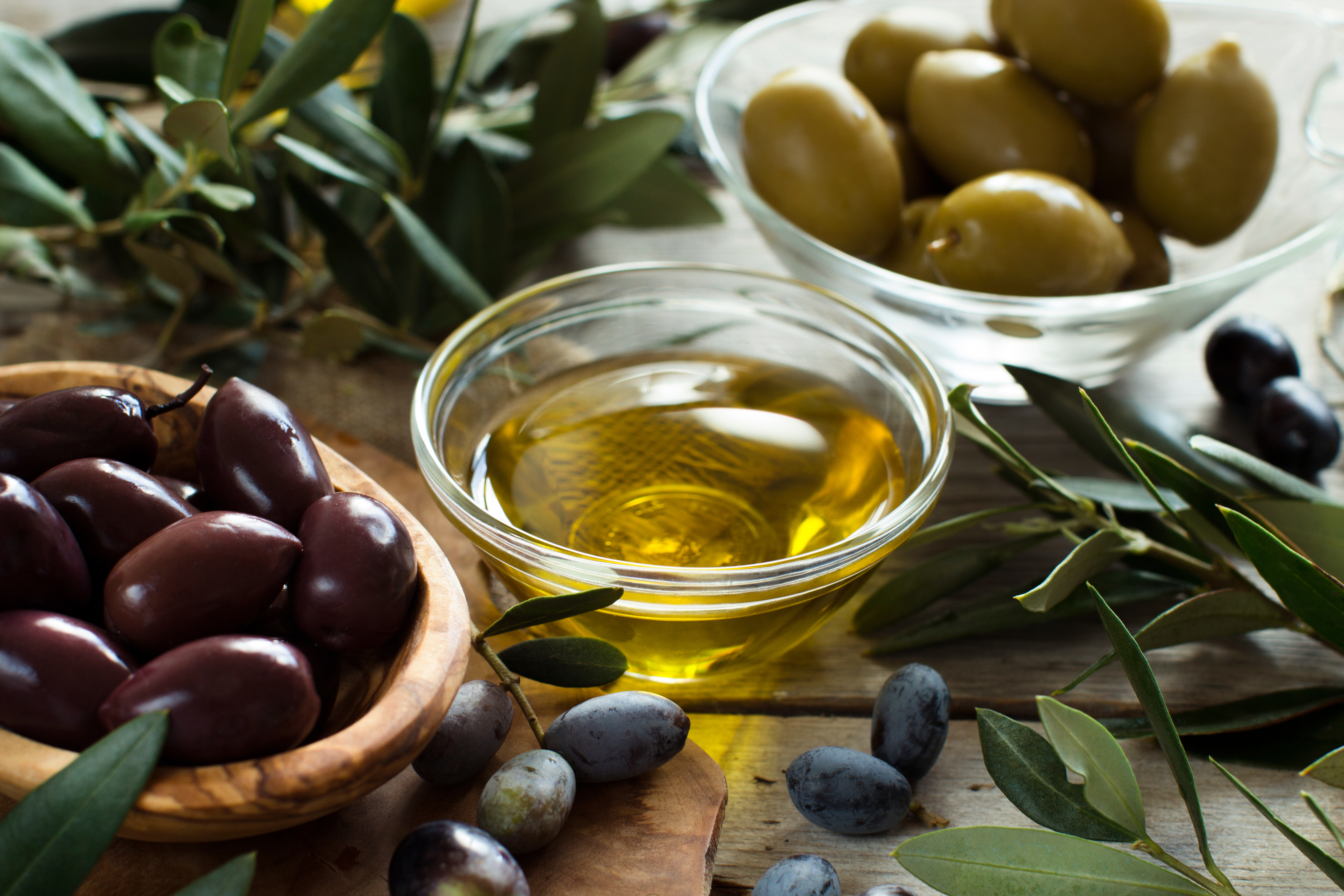
Next, we journey to Italy, a country where food is synonymous with life itself. Italian cuisine is renowned for its simplicity and reliance on high-quality ingredients. This culinary philosophy is rooted in the Mediterranean diet, which emphasizes fresh produce, olive oil, and lean proteins. Italy’s gastronomic legacy is a reflection of its rich history, with each region offering its own specialties. From the creamy risottos of the North to the sun-kissed tomatoes of the South, Italian dishes are a celebration of natural flavors. The art of pasta-making, the mastery of cheese production, and the tradition of wine-making are all integral to Italy’s culinary identity. Italian cuisine is not just about eating; it’s about experiencing the joy of sharing a meal with loved ones. This stop invites us to appreciate the timeless traditions that have made Italian food a beloved staple on tables around the world.
3. The French Connection: Haute Cuisine and Beyond

As we traverse the culinary map, our next destination is France, the epicenter of haute cuisine. French gastronomy is synonymous with elegance and sophistication, characterized by meticulous techniques and an unwavering commitment to quality. The French culinary tradition is a rich tapestry of regional flavors, from the buttery pastries of Paris to the rich stews of Provence. The concept of the restaurant as we know it today has its roots in France, where chefs have long been revered as artists. French cuisine has set the standard for culinary excellence, influencing chefs and food enthusiasts worldwide. This stop is an exploration of the techniques and philosophies that have made French cuisine a cornerstone of global gastronomy. From the precision of a perfectly executed soufflé to the complexity of a multi-course tasting menu, French cuisine is a testament to the artistry and passion that define the culinary world.
4. The Asian Fusion: Japan’s Umami Revolution
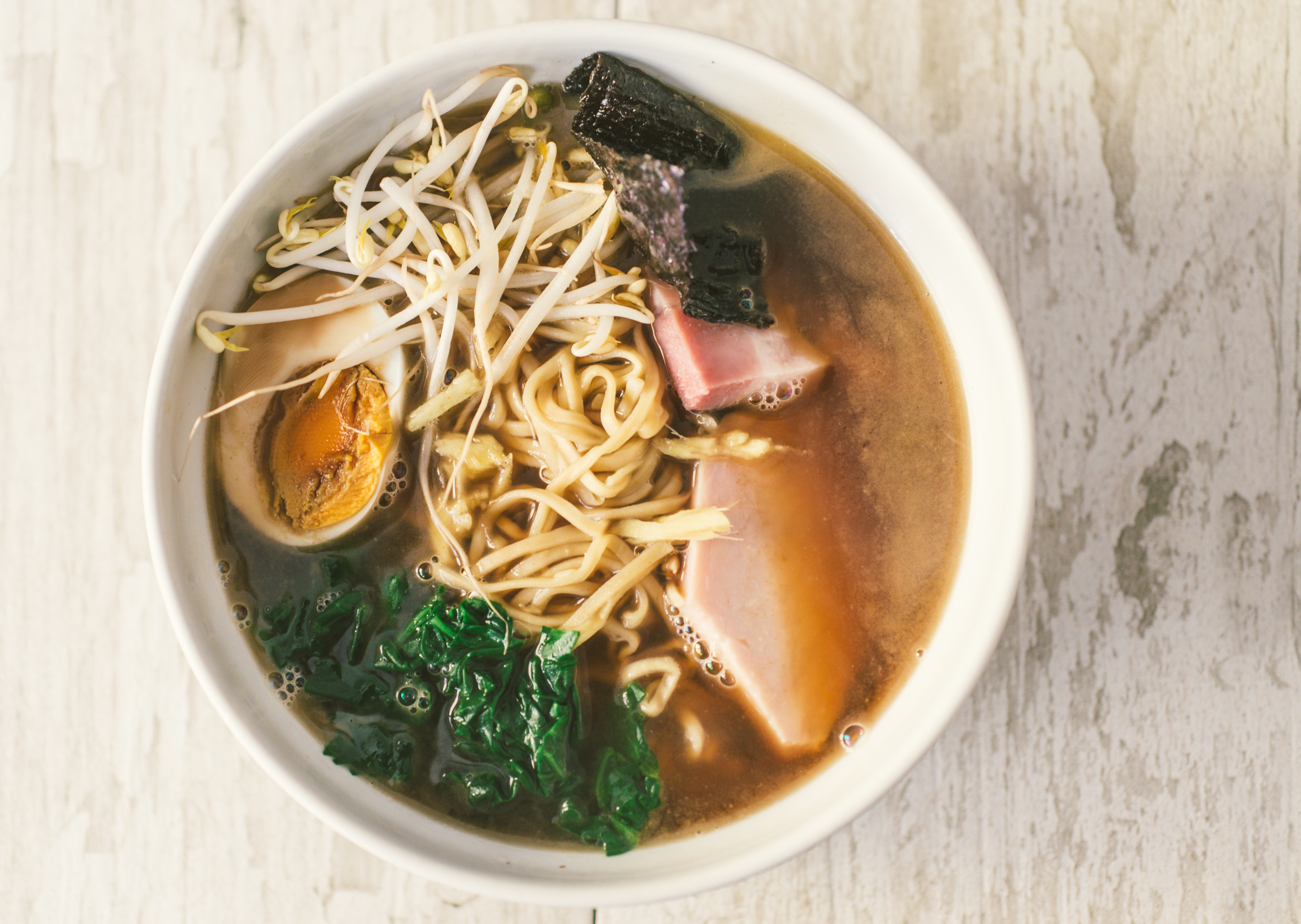
Our journey continues to Japan, a country where culinary tradition is both an art and a philosophy. Japanese cuisine is renowned for its emphasis on seasonality, balance, and presentation. The concept of umami, often described as the fifth taste, is a cornerstone of Japanese cooking, adding depth and complexity to dishes. Sushi, sashimi, and ramen are just a few examples of the diverse offerings that have captivated palates worldwide. Japanese cuisine is deeply rooted in cultural practices, with a focus on harmony and respect for ingredients. This stop delves into the meticulous techniques and cultural significance of Japanese dishes, exploring how they have influenced global culinary trends. The art of kaiseki, a traditional multi-course meal, exemplifies the Japanese dedication to precision and beauty in food. As we savor the flavors of Japan, we gain a deeper appreciation for the harmony and balance that define this exquisite cuisine.
5. The Middle Eastern Mosaic: A Tapestry of Flavors
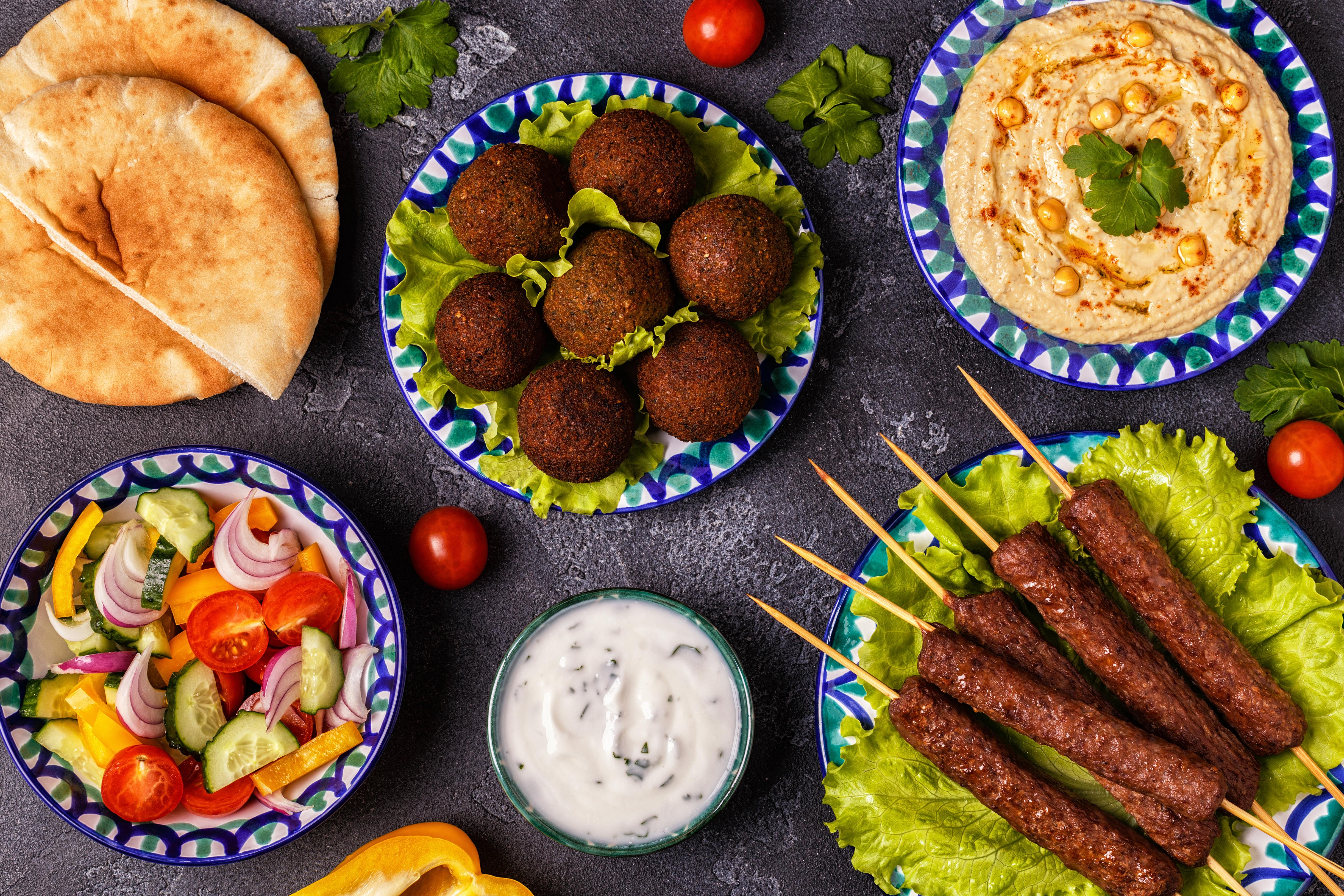
Our next stop takes us to the Middle East, a region renowned for its rich culinary tapestry woven from a diverse array of cultures and traditions. Middle Eastern cuisine is characterized by its use of aromatic spices, fresh herbs, and bold flavors. Dishes such as hummus, falafel, and kebabs have become global favorites, celebrated for their simplicity and depth of flavor. This region’s culinary history is a reflection of its geographical crossroads, where trade routes have facilitated the exchange of ingredients and techniques. Middle Eastern cuisine is a celebration of hospitality, with meals often served family-style, fostering a sense of community and sharing. This stop explores the cultural significance of Middle Eastern dishes, delving into the traditions and stories that have shaped this vibrant cuisine. As we savor the flavors of the Middle East, we are reminded of the power of food to bring people together, transcending borders and uniting diverse cultures.
6. The Latin American Fiesta: Mexico’s Vibrant Palette
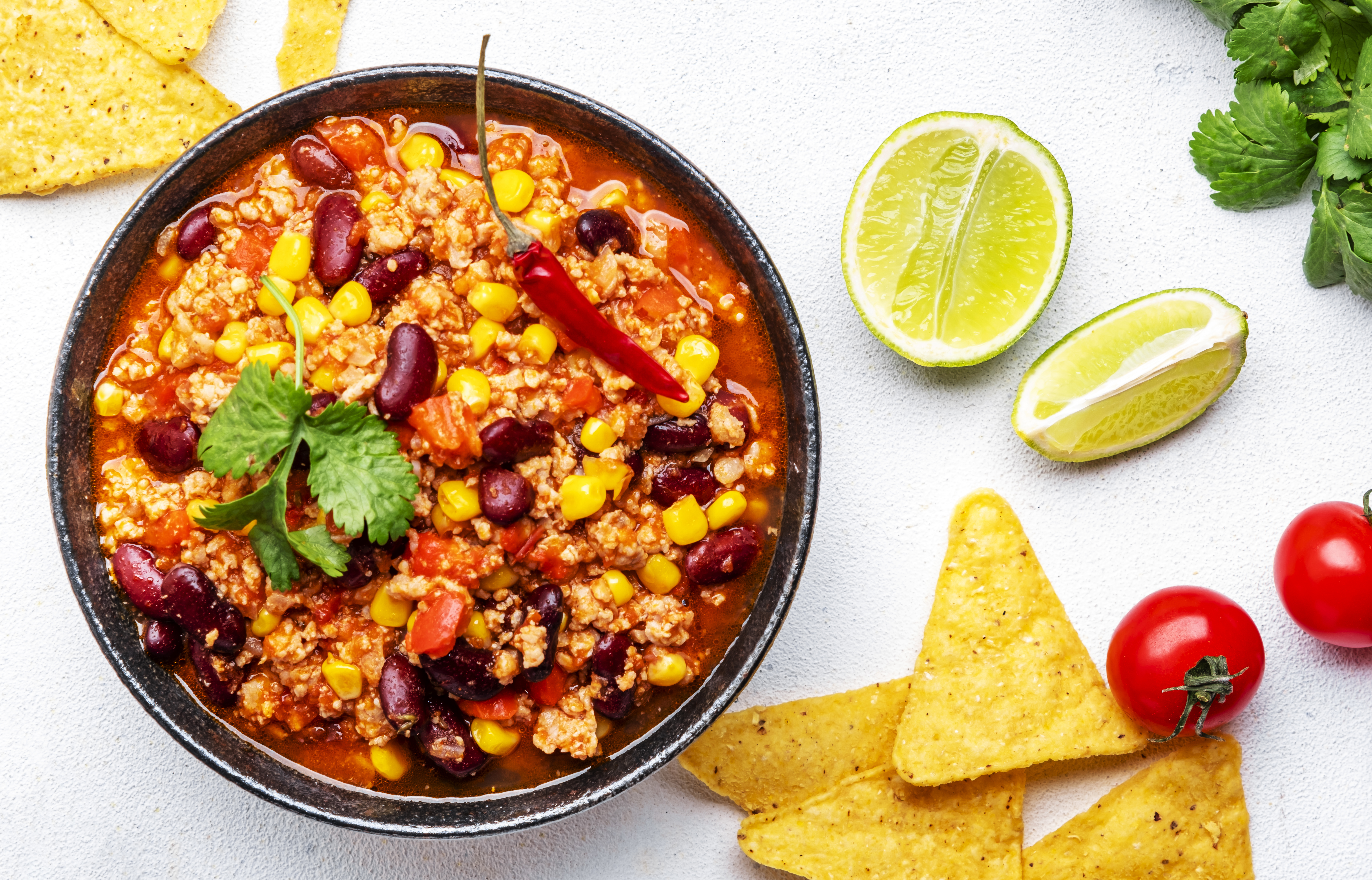
Our culinary adventure now takes us to Mexico, a country where food is a vibrant expression of culture and tradition. Mexican cuisine is a rich tapestry of indigenous ingredients and Spanish influences, characterized by its bold flavors and colorful presentation. From the smoky complexity of mole to the refreshing zest of ceviche, Mexican dishes are a celebration of the land’s bounty. Corn, beans, and chili peppers are staples that form the foundation of this cuisine, each with its own cultural significance. Mexican food is not just about sustenance; it’s about celebration, with each dish telling a story of heritage and identity. This stop delves into the diverse regional cuisines of Mexico, exploring the traditions and techniques that have made Mexican food a beloved part of global gastronomy. As we savor the flavors of Mexico, we gain an appreciation for the vibrant palette that defines this dynamic cuisine.
7. The Nordic Renaissance: Scandinavia’s New Nordic Cuisine
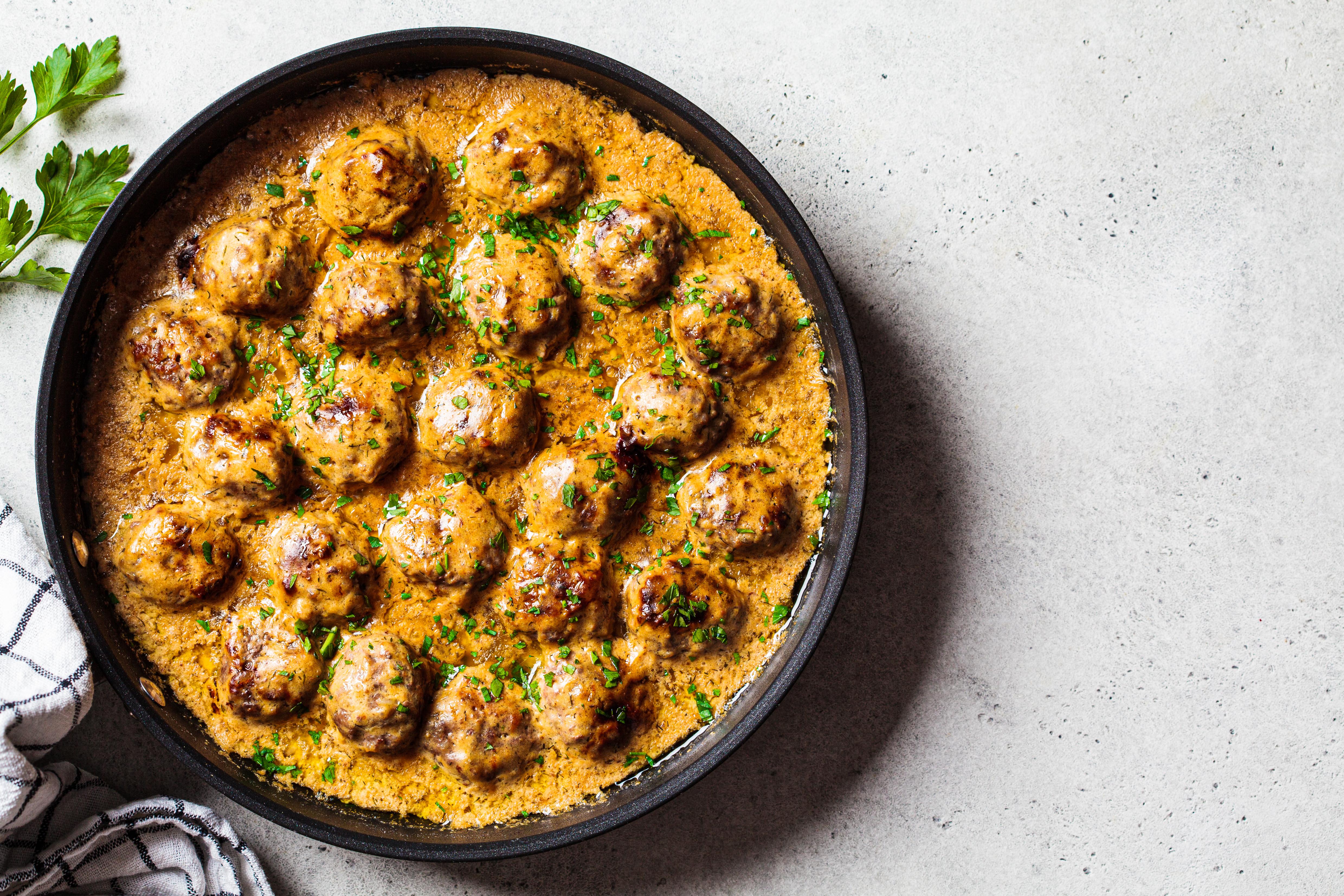
Our journey takes a turn to the North, where Scandinavia is redefining culinary boundaries with its New Nordic Cuisine. This movement emphasizes sustainability, seasonality, and the use of local ingredients, reflecting a deep respect for nature and the environment. Scandinavian chefs are pioneers in culinary innovation, blending traditional techniques with modern flair to create dishes that are both simple and sophisticated. The focus on foraging, fermentation, and preservation is a nod to the region’s history and climate, where resourcefulness has always been key. This stop explores the principles and philosophies that have propelled New Nordic Cuisine to the forefront of global gastronomy. As we savor the flavors of Scandinavia, we are reminded of the power of simplicity and the beauty of nature’s bounty in shaping a cuisine that is both innovative and deeply rooted in tradition.
8. The African Heritage: Ethiopia’s Rich Culinary Tradition
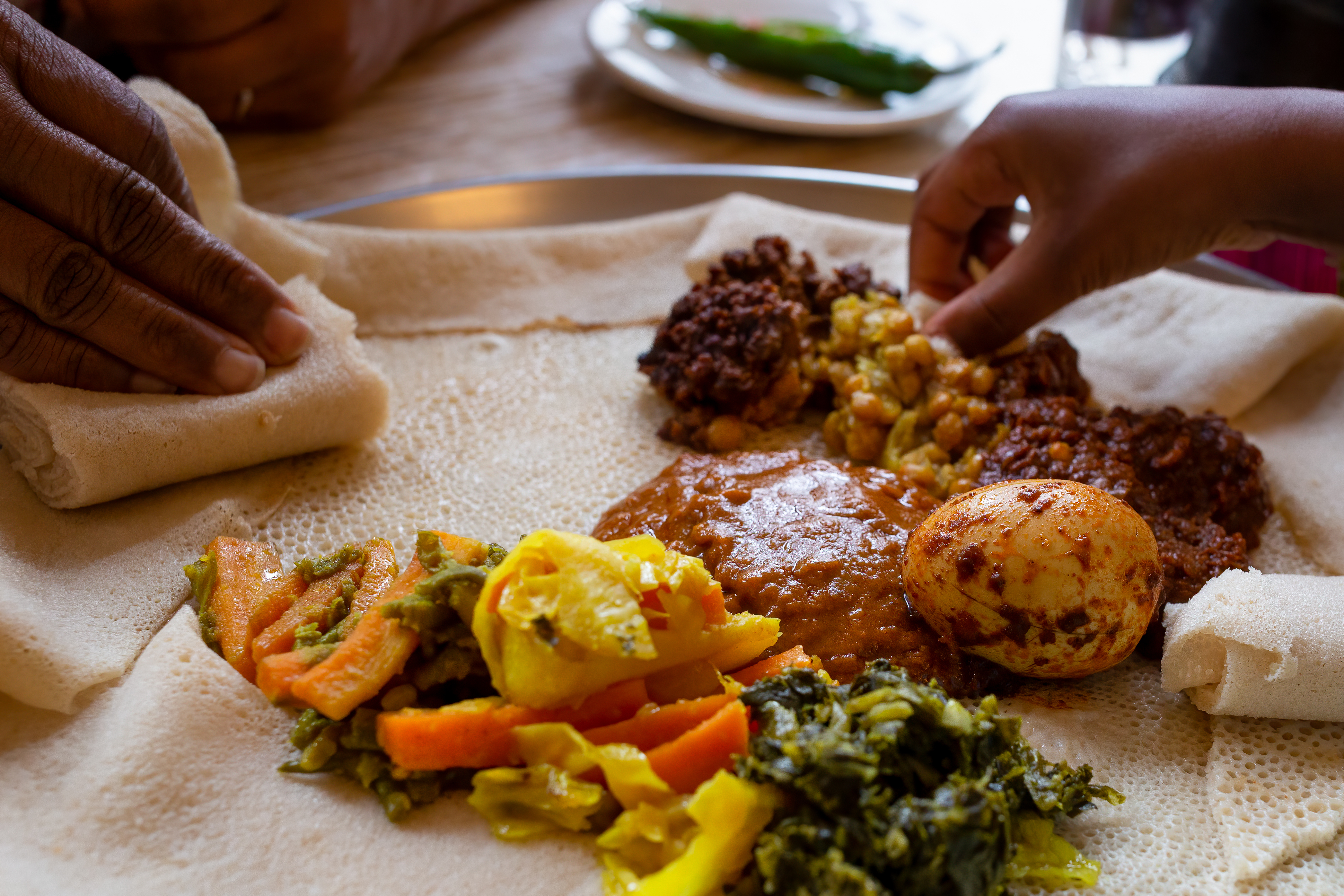
Our next destination is Ethiopia, a country with a rich culinary heritage that reflects its diverse cultural tapestry. Ethiopian cuisine is characterized by its use of spices, grains, and legumes, with injera, a sourdough flatbread, serving as the cornerstone of most meals. Dishes such as doro wat and kitfo are celebrated for their bold flavors and communal style of eating, fostering a sense of togetherness. Ethiopian cuisine is deeply rooted in tradition, with meals often accompanied by rituals and ceremonies that highlight the importance of food in cultural identity. This stop explores the history and significance of Ethiopian dishes, delving into the techniques and ingredients that define this vibrant cuisine. As we savor the flavors of Ethiopia, we gain an appreciation for the rich heritage and cultural significance that underpin this unique culinary tradition.
9. The American Melting Pot: The United States’ Diverse Culinary Landscape
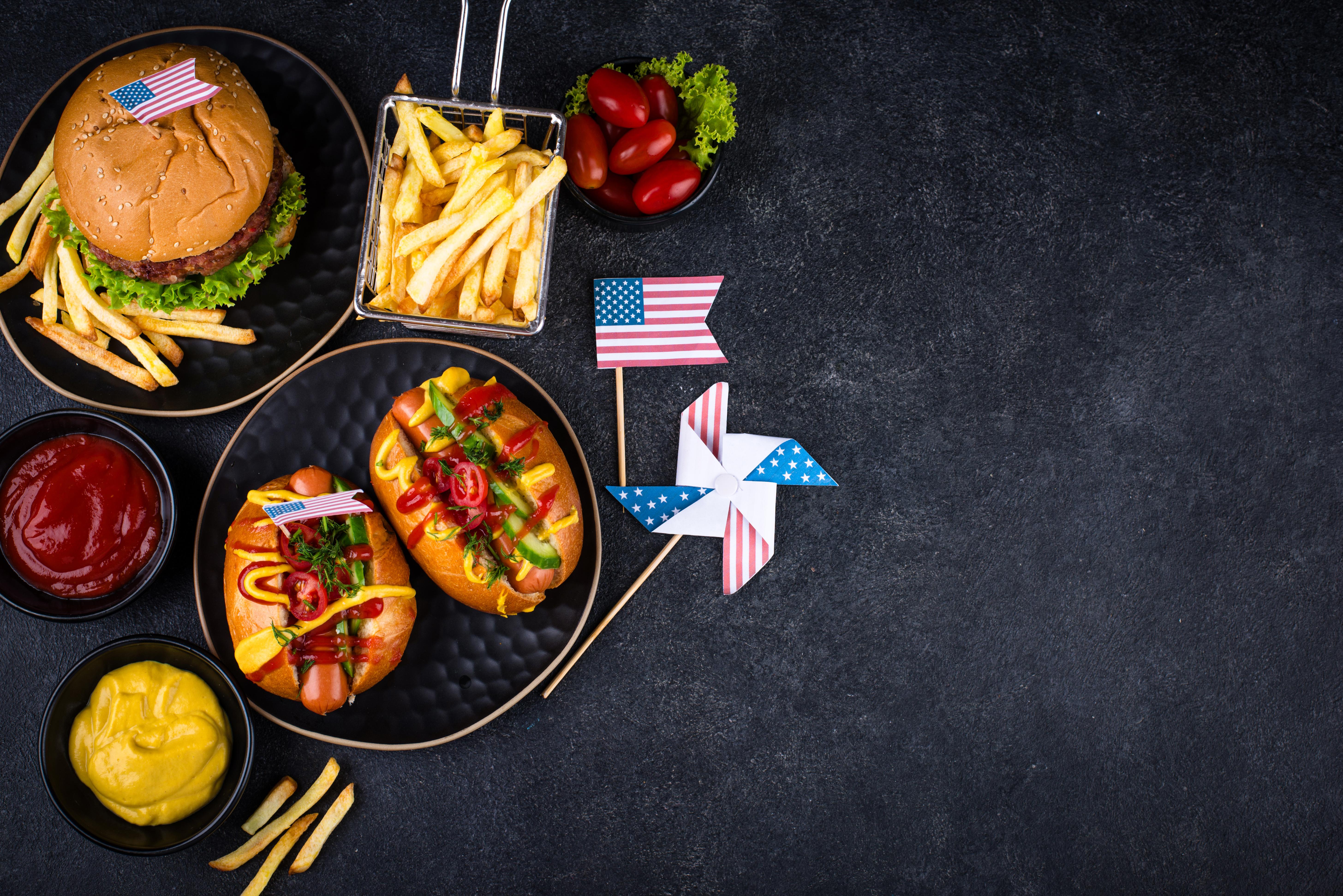
Our culinary journey now takes us to the United States, a country where the melting pot of cultures has given rise to a diverse and dynamic culinary landscape. American cuisine is a reflection of the country’s rich tapestry of immigrant influences, with each region offering its own specialties. From the Creole flavors of Louisiana to the farm-to-table movement in California, American food is a celebration of diversity and innovation. This stop explores the evolution of American cuisine, delving into the cultural and historical influences that have shaped the country’s culinary identity. As we savor the flavors of the United States, we are reminded of the power of food to reflect and celebrate a nation’s diversity, bringing people together through shared experiences and traditions.
10. The Caribbean Carnival: A Fusion of Flavors

Our journey takes us to the Caribbean, a region known for its vibrant fusion of flavors and cultures. Caribbean cuisine is a reflection of the diverse influences that have shaped the islands, from African and Indigenous to European and Asian. This rich tapestry is evident in dishes such as jerk chicken, roti, and callaloo, which are celebrated for their bold flavors and use of fresh, local ingredients. The Caribbean is a region where food is a celebration of life, with meals often accompanied by music, dance, and community gatherings. This stop explores the cultural significance of Caribbean dishes, delving into the techniques and ingredients that define this dynamic cuisine. As we savor the flavors of the Caribbean, we are reminded of the power of food to bring people together, transcending borders and uniting diverse cultures in a celebration of life and flavor.
11. The Ocean’s Bounty: Coastal Cuisines of the World
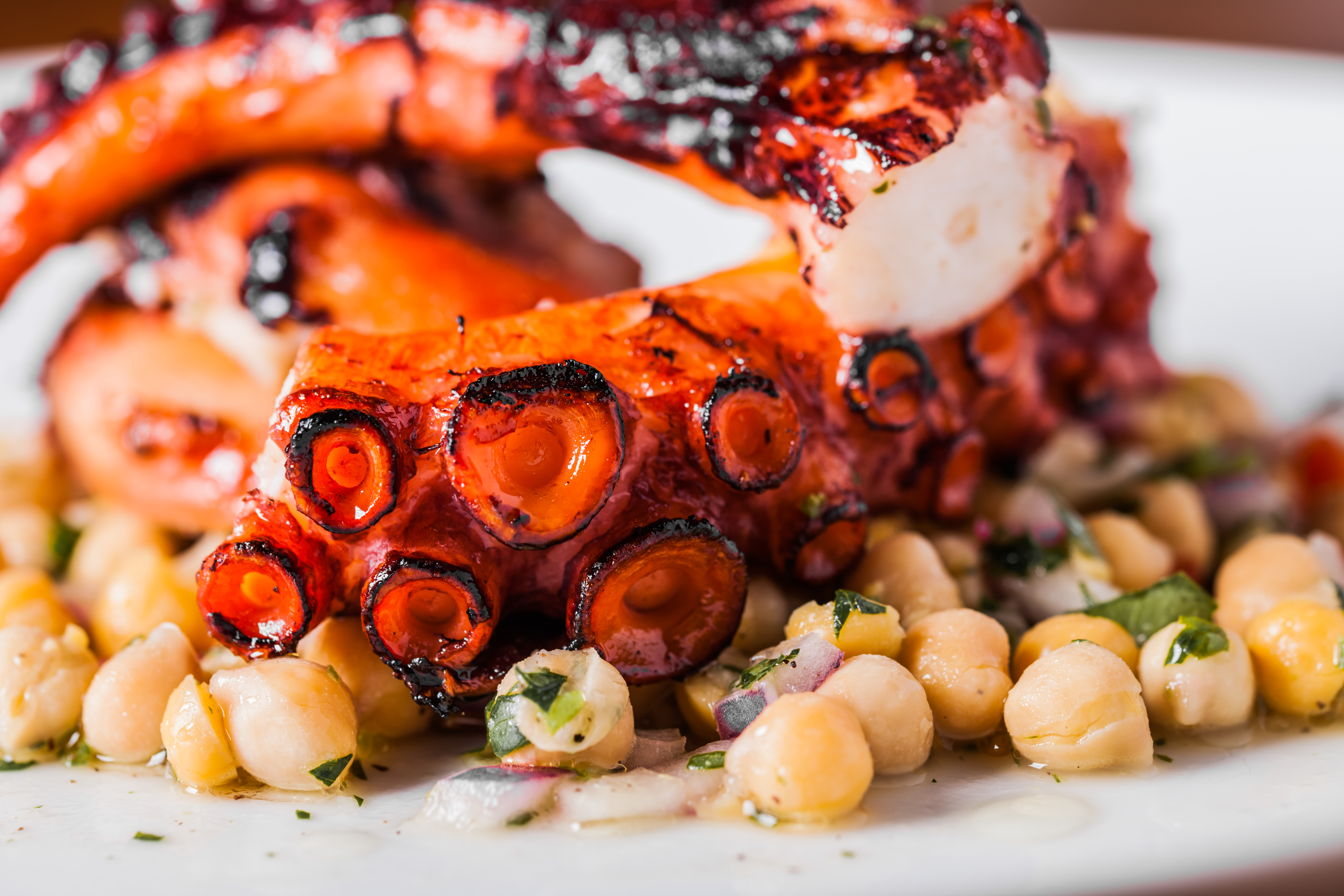
Our culinary adventure now takes us to the world’s coastlines, where the ocean’s bounty is a vital part of local cuisines. Coastal regions offer a diverse array of seafood dishes, each reflecting the unique flavors and traditions of the area. From the ceviche of Peru to the bouillabaisse of France, coastal cuisines are a celebration of the sea’s abundance. These dishes are often characterized by their simplicity, allowing the natural flavors of the seafood to shine. This stop explores the cultural and historical significance of coastal cuisines, delving into the techniques and ingredients that define these vibrant culinary traditions. As we savor the flavors of the sea, we gain an appreciation for the rich diversity and cultural significance of coastal cuisines around the world.
12. The Sweet Symphony: Desserts from Around the Globe
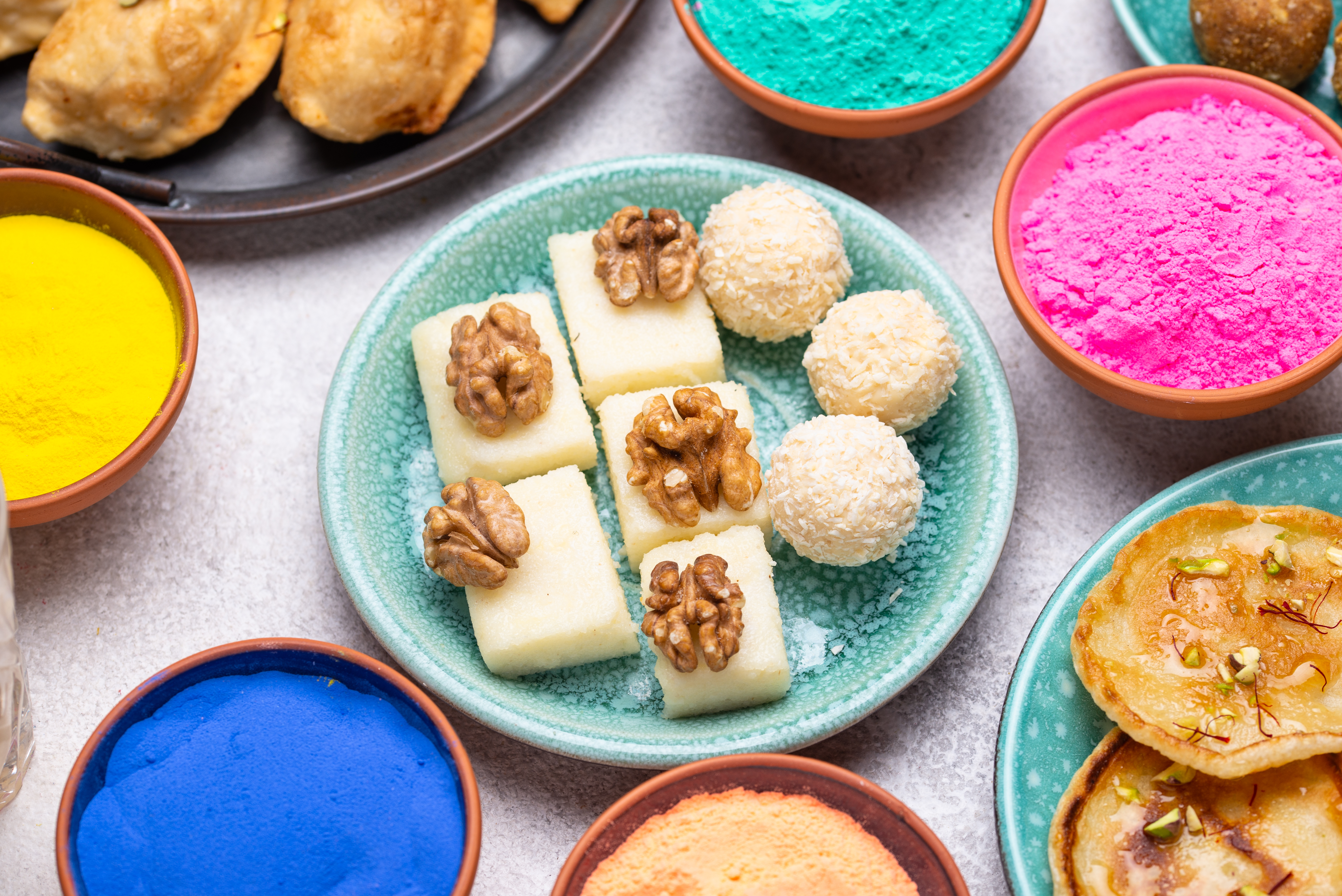
Our journey would be incomplete without indulging in the world’s most beloved desserts. From the delicate pastries of France to the rich confections of the Middle East, desserts are a celebration of creativity and indulgence. Each culture has its own unique approach to sweets, with ingredients and techniques that reflect local traditions and flavors. Desserts are often associated with celebrations and special occasions, highlighting their cultural significance. This stop explores the diverse world of desserts, delving into the history and techniques that define these sweet treats. As we savor the flavors of global desserts, we are reminded of the universal joy and connection that sweets bring, transcending cultural boundaries and uniting us in a shared love of indulgence.
13. The Art of Fermentation: A Global Perspective
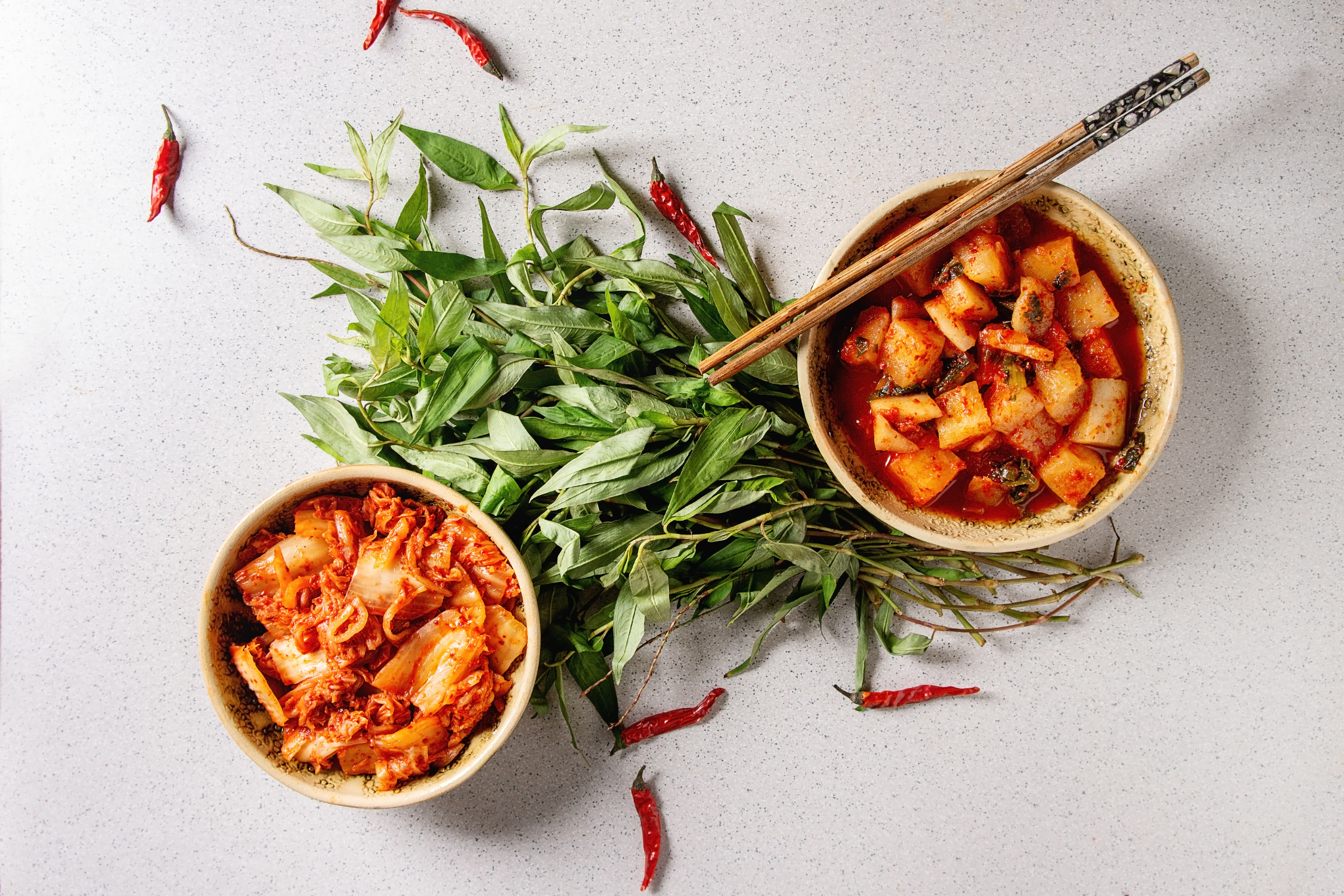
Our culinary exploration now takes us into the world of fermentation, a technique that has been used for centuries to preserve and enhance the flavors of food. Fermentation is a global phenomenon, with each culture offering its own unique take on this ancient practice. From the kimchi of Korea to the sauerkraut of Germany, fermented foods are celebrated for their complex flavors and health benefits. This stop explores the cultural and historical significance of fermentation, delving into the techniques and ingredients that define this vibrant culinary tradition. As we savor the flavors of fermented foods, we gain an appreciation for the ingenuity and resourcefulness that have made fermentation a vital part of global gastronomy.
14. The Farm-to-Table Movement: A Return to Roots
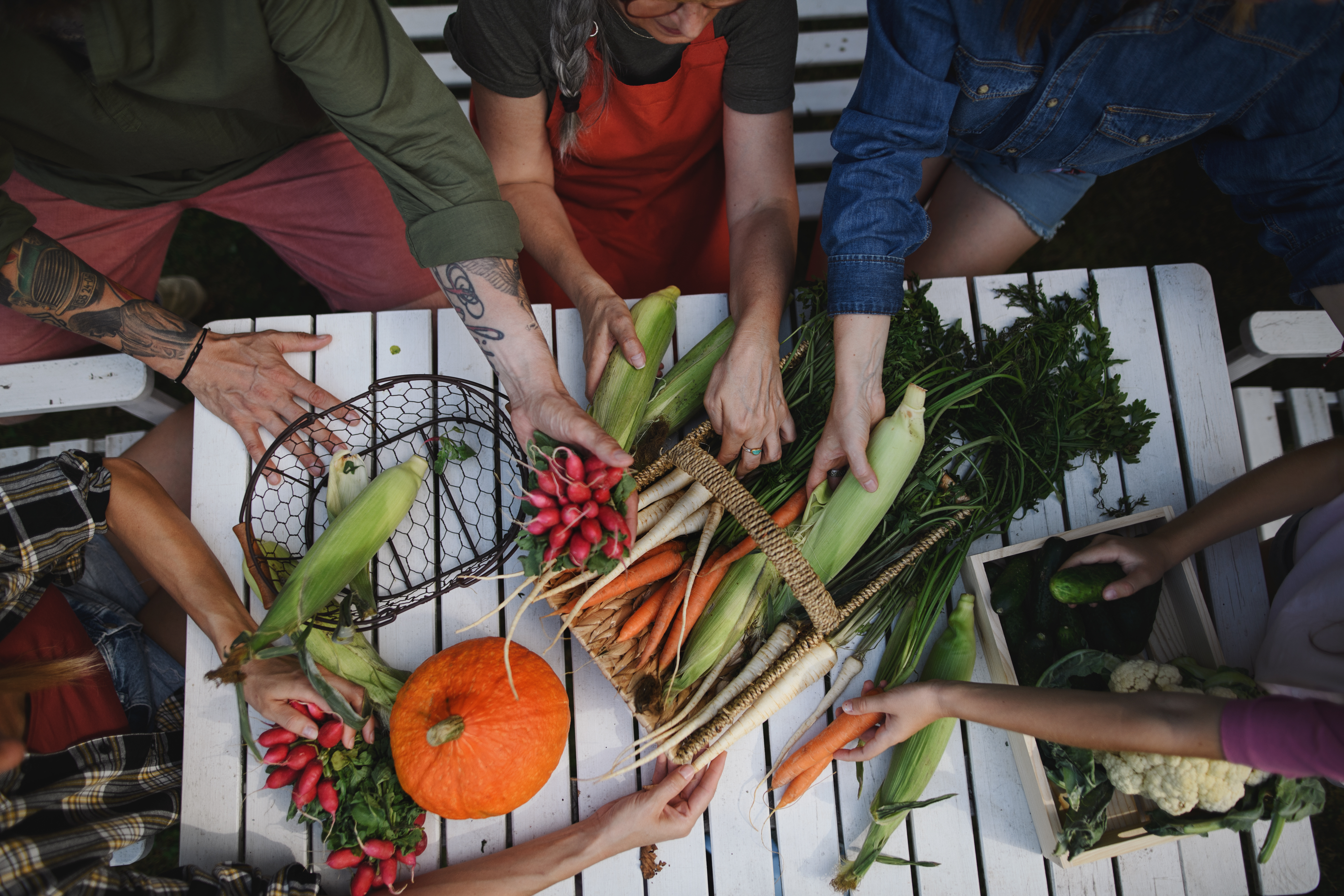
Our journey takes us to the heart of the farm-to-table movement, a culinary philosophy that emphasizes sustainability, seasonality, and the use of local ingredients. This movement is a response to the industrialization of food production, advocating for a return to traditional farming practices and a closer connection between producers and consumers. The farm-to-table movement is a celebration of the land’s bounty, with chefs and farmers working together to create dishes that reflect the natural flavors of the region. This stop explores the principles and philosophies that define the farm-to-table movement, delving into the techniques and ingredients that have made it a cornerstone of modern gastronomy. As we savor the flavors of farm-to-table cuisine, we are reminded of the importance of sustainability and the power of food to connect us to the land and each other.
15. The Culinary Renaissance: The Rise of Fusion Cuisine
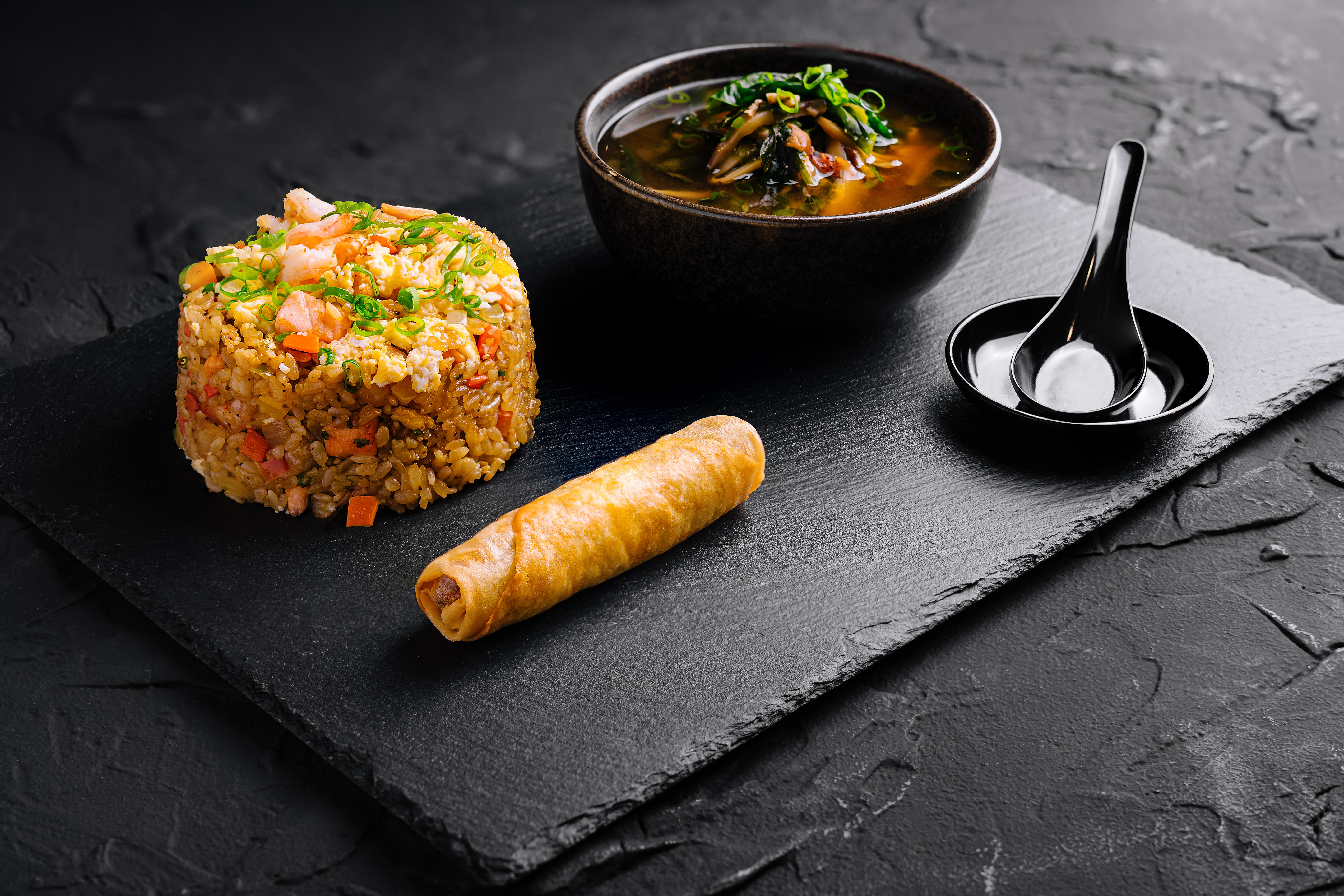
Our culinary adventure concludes with a look at the rise of fusion cuisine, a dynamic and innovative approach to cooking that blends flavors and techniques from different cultures. Fusion cuisine is a reflection of the increasingly interconnected world, where chefs draw inspiration from diverse culinary traditions to create dishes that are both familiar and new. This stop explores the evolution of fusion cuisine, delving into the cultural and historical influences that have shaped this vibrant culinary trend. As we savor the flavors of fusion cuisine, we are reminded of the power of creativity and innovation in shaping the future of gastronomy, where boundaries are blurred, and new possibilities are endless.
A Flavorful World United

As our journey comes to an end, we reflect on the rich tapestry of flavors and cultures we have explored. Each stop on this culinary adventure has offered a unique glimpse into the world’s diverse culinary traditions, highlighting the power of food to connect us across borders and time. This exploration is a celebration of the creativity, resilience, and ingenuity that define global gastronomy, where each dish is a testament to the rich history and cultural significance that underpin our shared human experience. As we savor the flavors of the world, we are reminded of the universal joy and connection that food brings, uniting us in a shared love of flavor and adventure. This journey is an invitation to continue exploring, savoring, and celebrating the rich diversity of global gastronomy, one delicious bite at a time.








